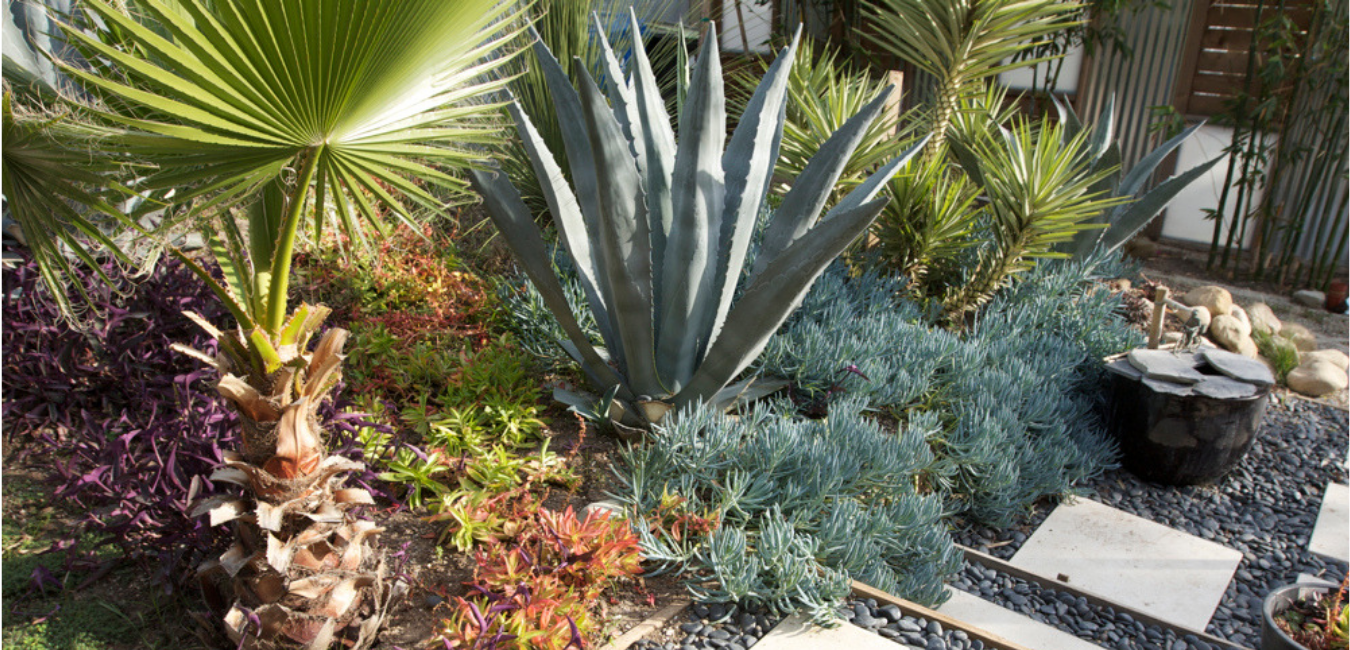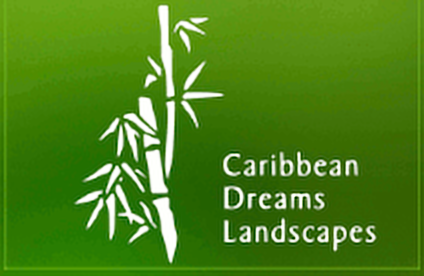Xeriscaping refers to the conservation of water through creative landscaping.
Originally developed for drought-afflicted areas, the principles of xeriscaping today have an ever broadening appeal. With water now considered an expensive and limited resource, all landscaping projects, residential or commercial, can benefit from this alternative. Xeriscapes don’t have to be arid or desert looking- almost any landscaping style can be achieved.
Xeriscape Benefits
Saves Water
For most of North America, over 50% of residential water used is applied to landscape and lawns. Xeriscaping can reduce landscape water use by 50 – 75%.
Less Maintenance
Besides occasional pruning and weeding, maintenance is minimal. Watering requirements are low, and can be met with simple irrigation systems.
No Fertilizers or Pesticides
Using plants native to your region will eliminate the need for chemical supplements. Sufficient nutrients are provided by healthy organic soil.
Improves Property Value
A good Xeriscape can raise property values which more than offset the cost of installation.
Provides Wildlife Habitat
Use of native plants, shrubs and trees offer a familiar habitat for local wildlife.

The 7 Principles of Xeriscaping
Planning and Design
This is the first and most important step in Xeriscaping. The Xeriscape landscape takes into account the regional and microclimatic conditions of the site, existing vegetation and topographical conditions, the intended use and desires of the owner, and the zoning of plant materials according to their water needs. Preserving and protecting as much existing vegetation as possible is very important. Established trees add value and beauty, and should always be incorporated into the design. Planting deciduous trees on the west and southwest sides of structures can create enough shade to lower roof and wall temperatures by up to 20 degrees. Deciduous trees that lose their leaves in winter will create summer shade and allow sunlight through open branches to warm and light the home during winter.
Soil Improvement
Adding organic matter to planting soil enhances plant health, improves soil texture and moisture retention. Soil rich in organic matter provides nutrients and micro-organisms beneficial to plants. Making sure the soil drains properly is very important because some plants can get over-watered, and it also helps rainfall to recharge underground aquifers.
Appropriate Plant Selection
When selecting plants, it’s important to select plants that require a minimal amount of watering. Most Xeriscape plants will need no supplemental watering after an establishment period, unless there is an extreme drought. The establishment period after installation may require from 18 to 24 months. Almost any plant can be used in a Xeriscape landscape if grouped according to its water needs. Annual and tropical plantings can be located in small, easily accessible areas to make maintenance easier. Irrigation can then be zoned according to plant water needs to make efficient irrigation possible. Choosing a diversity of plant species, avoids planting large numbers of only one plant species, which can create a monoculture susceptible to pest or insect problems.
Practical Turf Areas
Practical turf areas mean turf areas whose size is suited to the intended use. Huge lawns of exotic grasses will require more maintenance and care than other types of landscape plants. Lawns may be needed as children’s play areas, for pets, sports, or simply for the aesthetic appeal of turf which some people prefer. The maintenance needs of turf can be minimized by the shape of the area, the irrigation equipment used, and the turf type selected.There are many alternatives to grass plantings which are aesthetically pleasing and low-maintenance. Planting beds are a logical alternative to grass if the cool green appearance of plants is still desired. Wildflowers can be incorporated into native ground covers and grasses. Mulch beds of bark, stone or gravel can be used as pathways, or around driveways and utility areas. Children’s play areas can be covered with sand or bark mulch to create inexpensive “safety” zones. Paving products made of recycled tires are available to create a ground surface that minimizes injuries. Decks and patios add value to homes and increase the square footage of living space.
Efficient Irrigation
The type of irrigation system best suited to the job depends on the landscape, design, layout and budget. The irrigation design should be integrated with the design of the landscape. It is important to note that a newly installed landscape will require more water during an establishment period of one to two years. After this time, a Xeriscape landscape may require no irrigation unless it is a drought period. Drip irrigation systems are ideal for watering plants and trees. Installing an automatic timer ensures plants and trees get only the necessary amount of water.
Use of Mulches
Applying a deep layer of mulch in planting beds help retain moisture, slow weed growth, and prevent erosion. The use of mulches on sloped areas along with terracing and plantings can help prevent runoff and erosion problems. Using crushed granite in unplanted areas also helps prevent erosion and weed growth.
Appropriate Maintenance
The maintenance requirements of a Xeriscape landscape are generally less than those of a conventional landscape. This is due to a reduction in turf areas and unadapted plants that might have more disease, insect control, watering and fertilizer demands. However, there is no such thing as a maintenance-free constructed landscape. In general, a properly maintained yard is hardier, healthier, and better able to withstand drought, freezing, and pest problems.




